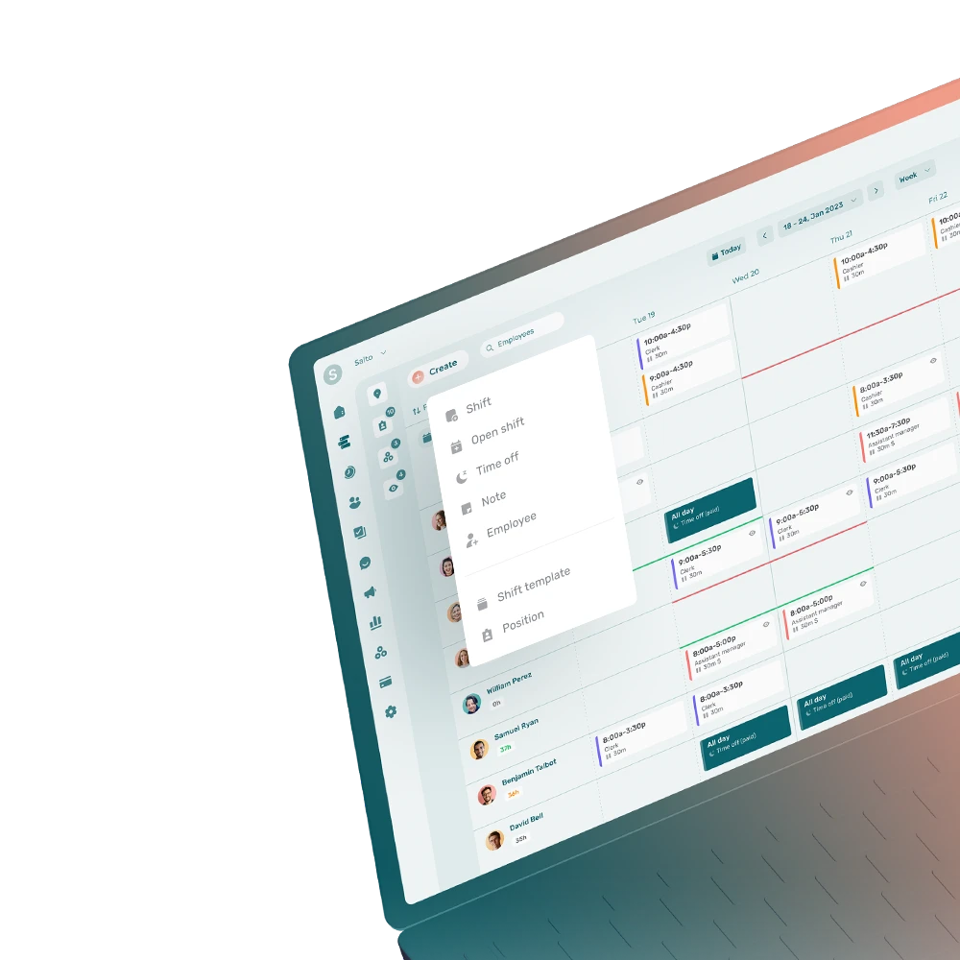Job classification refers to a system used to classify and sort the different jobs in a company so that they can be evaluated according to pre-established criteria.
What Does Job Classification Mean?
Job classification, also known as position, function or trade classification, involves evaluating each of the positions in a company to determine the responsibilities associated with each one.
Job classification is used to determine the tasks, responsibilities and pay scale of a position to facilitate employee performance evaluations and the drafting of job descriptions.
How Are Jobs Classified?
Job classification is done by creating a grid that brings together all the positions and their responsibilities in one place.
To create a job classification, all the positions in a company need to be grouped according to their category: manual, clerical, technical, executive, etc. For each position, the required qualifications must be established and a list of responsibilities and tasks must be drawn up.
Why Is Job Classification Important?
Job classification is important because it facilitates human resources management and fosters forward-looking job and competency planning (JCP) within a company.
Job classification makes it possible to:
- Create an objective map of the different positions in a company
- Establish a hierarchy of functions
- Manage a company’s workforce requirements more easily
- Prepare recruitment campaigns
- Monitor payroll trends
What Is a Job Classification Grid?
A job classification grid is a document containing the tasks, responsibilities and salary scale for each position in a company.
A job classification grid typically contains the following information for each position in a company:
- The nature of the duties
- The number of years’ of experience required
- The training required
- The responsibilities and tasks
- The remuneration based on years of experience
What Are the Benefits of Job Classification?
The benefits of job classification in companies include:
- Establishing fairer pay practices
- Ensuring consistency between a company’s internal practices and remuneration policies
- Justifying pay differentials between positions
- Planning the organization’s workforce needs
What Are the Disadvantages of Job Classification?
The disadvantages of job classification include:
- The data are restricted to the reality of a single company
- Job classification is subjective
- Job classification must be updated each time a new position is created
- It is a tedious task








